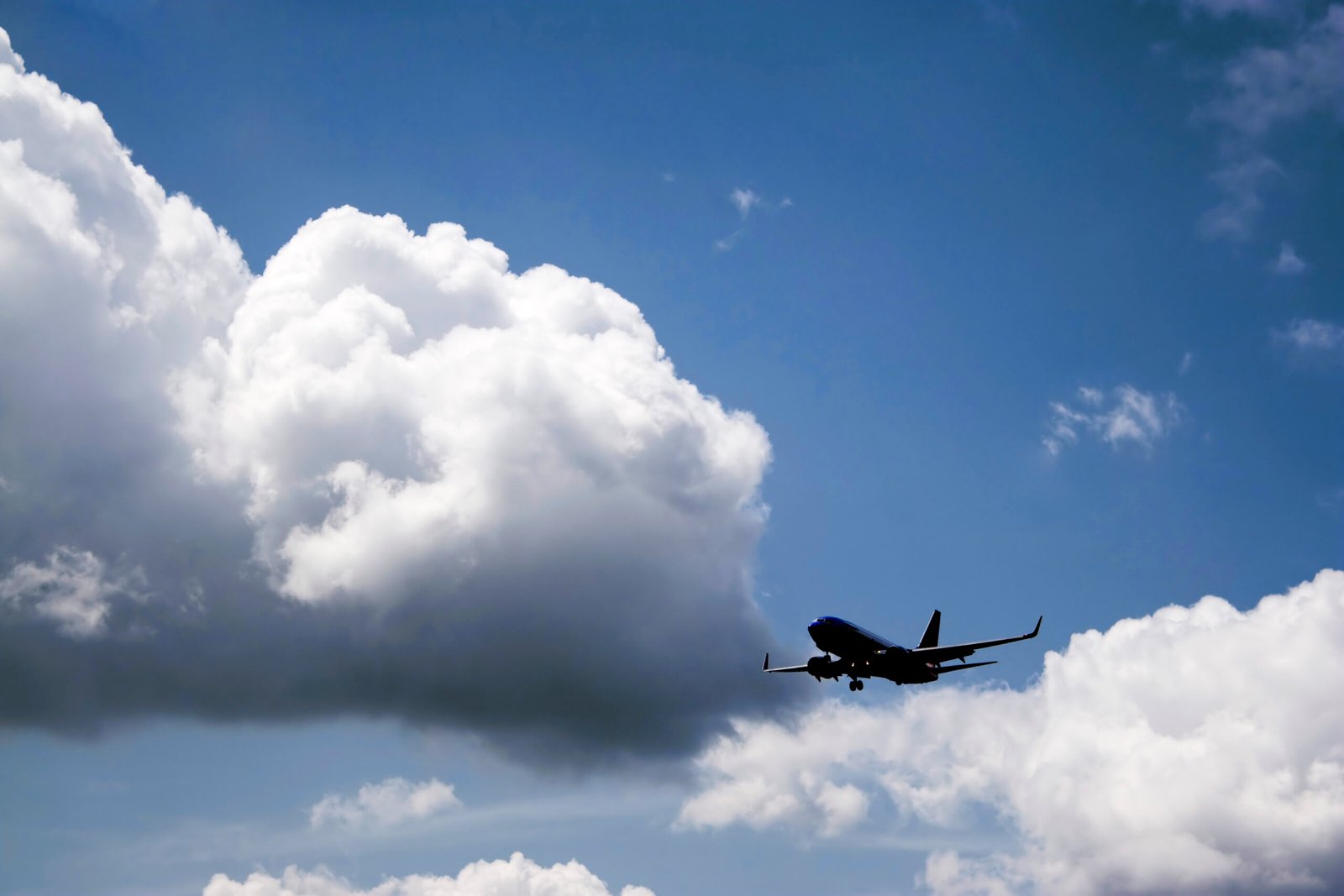The Green Skies Ahead: Sustainable Innovations in Aviation
As we soar into the future, the aviation industry is experiencing a transformative shift towards sustainability. With environmental concerns taking center stage, innovations are reshaping how we perceive and engage with flight. From advanced technology training to the advent of drones, let’s explore how the skies are becoming greener.
In recent years, aviation technology training has evolved dramatically. Flight simulators, once viewed merely as tools for practice, have become sophisticated platforms that incorporate real-world scenarios and challenges. These high-tech simulators allow aspiring pilots to hone their skills while minimizing carbon footprints associated with traditional flight training. By simulating various weather conditions and emergency situations without leaving the ground, trainees can build confidence and competence—essential qualities for those who will be navigating our skies.
For those looking to deepen their understanding of aviation or embark on a new career path, there’s an abundance of online resources available today. Numerous blogs and websites cater to aviation enthusiasts and professionals alike. Some notable mentions include:
1. **AirlineReporter** – Offers insights into airline operations and travel experiences.
2. **The Points Guy** – Focuses on maximizing travel rewards through points systems.
3. **Simple Flying** – Provides news about airlines, aircraft, and developments in aviation technology.
4. **Aero News Network** – Covers a wide array of topics from general aviation to regulatory changes.
5. **Flying Magazine** – A staple for pilots seeking tips on flying techniques and aircraft reviews.
Additionally, social media platforms such as Instagram and Twitter host vibrant communities where aviators share experiences, advice, and updates about the latest innovations in aerospace technology.
For those interested in formal education within this field, online aviation courses offer flexibility that caters to busy schedules or remote learners. Ground schools provide foundational knowledge essential for earning pilot licenses or certifications without requiring physical attendance at a brick-and-mortar institution. Programs often cover everything from navigation principles to aerodynamics—equipping students with the tools needed for successful careers as pilots or other aviation professionals.

Drones represent another exciting frontier contributing to a more sustainable future in aviation. Their ability to perform tasks like aerial surveying, package delivery, and agricultural monitoring reduces reliance on traditional fuel-burning aircraft while minimizing environmental impact. As drone technology continues to advance—both in capability and regulatory acceptance—the potential applications expand exponentially.
Speaking of regulations, familiarizing oneself with FAA guidelines is crucial for anyone involved in aviation—whether they’re aspiring pilots or seasoned professionals seeking compliance information related to new technologies like drones. The FAA offers comprehensive resources online that detail safety protocols and operational standards vital for maintaining airspace integrity while fostering innovation.
As we look ahead at these emerging trends within aviation—from enhanced training methodologies utilizing cutting-edge simulators to the rise of eco-friendly drones—the horizon gleams with promise. The journey toward more sustainable air travel might seem daunting; however, each advancement brings us closer to realizing environmentally conscious solutions that benefit both our planet and future generations of aviators.
In conclusion, embracing sustainable practices isn’t just an option; it’s becoming imperative within the realm of flight operations worldwide. By leveraging technological advancements alongside educational opportunities available today—and staying informed through engaging blogs and resources—we can all play a role in nurturing greener skies ahead!
